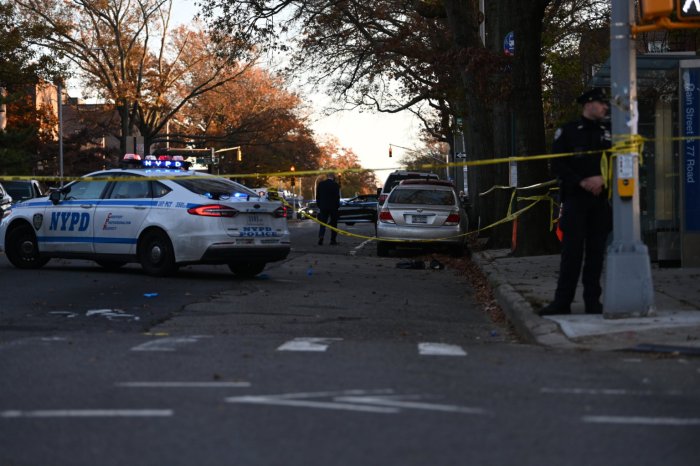By Stephen Stirling
The Metropolitan Transit Authority owns the disputed parcel and currently leases out part of it to industrial tenants located along Willets Point Boulevard such as Tully Environmental Inc., which operates a waste transfer site that handles up to 500 tons of waste per day. While Economic Development Corp. officials said they would ideally like to acquire the land as recently as two weeks ago, the city flatly told the TimesLedger that the MTA was not selling. A spokesman for the MTA, however, has indicated that this may not be the case.At stake is whether the thousands of residents expected to occupy the resurrected Iron Triangle would be living next to an environmentally remediated space used for a park or future development. Or would these sought-after tenants be moving into homes beside an abandoned industrial zone that has been subjected to the same contaminants as the rest of Willets Point has for decades.The 453,573-square-foot property is located east of Willets Point Boulevard, north of Roosevelt Avenue, south of Northern Boulevard and west of Flushing Creek. According to city records, the 10.4-acre plot of land is zoned for M3 uses, which the city zoning handbook defines as districts “for heavy industries that generate noise, traffic or pollutants.” It also says these sites are “usually located near the waterfront and are buffered from residential areas.”Under the city's proposed plan at least a portion of the 5,500 residential housing units will be located directly across the street from the property. In an interview with TimesLedger last month, EDC Senior Vice President Tom McKnight said acquiring the property would be ideal but was not necessary.”It's something we've explored in the past and we have ongoing conversations with the MTA about the site. Their feeling is that they need to retain the land that they can along [the No. 7 subway line.]” “We think waiting for the MTA to be part of this could postpone this project however many years. We have a sense that the development could happen without it,” he added. But reached for comment, the MTA hinted that it might be willing to part with the land.”We determined a while back that we don't need the site for the 7 train. We've had talks with EDC, but nothing has been determined,” said MTA spokesman Aaron Donovan.When asked about the inconsistency, the EDC said McKnight misspoke about the MTA needing the land and the city would continue to work with the agency and other city and state stakeholders to make sure that the Willets Point redevelopment is successful. The EDC has consistently said that the entire area is severely contaminated, and a high water table easily spreads pollutants throughout the area. The city's plans call for the area of Willets Point being redeveloped to be raised by as much as five feet, moving it out of the 100-year flood plain. But EDC Vice President Kay Zias said while surface concerns may be fixed, what lies beneath may not because the area is heavily influenced by the tides of nearby Flushing Bay and Flushing Creek, “The tidal influence will still be there,” Zias said. She added “there will certainly be less flooding on the site, but what goes on underground is another story altogether. I suppose if there was a spill in Little Neck or College Point, then some of that might find its way into the tributaries here.”The EDC also said it has not yet asked for environmental testing information from the MTA on the 10.4-acre property. The MTA could not be reached for comment regarding environmental testing. Reach reporter Stephen Stirling by e-mail at Sstirling@timesledger.com or by phone at 718-229-0300, Ext. 138.





























